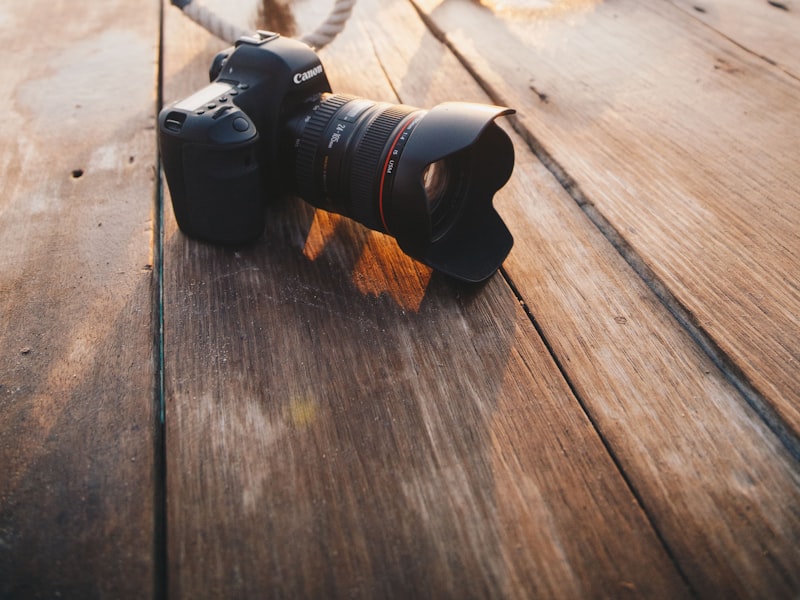Does Exposure to Casino-Related Sounds and images affect gamblers' Choices in a Real-Time gambling Task?

Casinos are places where gamblers can play. It is not uncommon to find gamblers, dealers and bouncers in casinos. The purpose of this paper is to study the impact of noise from casinos on customer attitudes towards gambling. This paper is partially composed in response to the article by Jack C. Moore's "Gambling and its Social history", which can be found in the Journal of the American Medical Associations Vol. 83, Issue 3. Pages. 815-819, and which used quantitative methods to study the effect of noise on attitudes towards gambling.
This study examined the effects of casino-related noises and red lights and the absence of a casino-goer on the perception of casino-related behavior. The research was conducted in-subject. Every participant completed a gambling task and was observed for their reaction time. We also examined the effect of red light on its own, as well as the effect of red light paired with white noise. The main effect of red light (faster response time) was evident. However, there was no effect on white noise (which has a slower reaction time) which suggests that it had no effect on negative attitudes. Thus, we interpret these results in the following manner: in a situation in where players are exposed to red lights and casino-themed sounds those who are more sensitive to these external influences are more likely to behave in a casino-oriented manner.
This paper also discusses the issue of casinos that offer both losses and rewards. Understanding how a casino's incentive system works is key to understanding how customers react to changes in these variables. In this paper, we argue that both reinforcements, positive and negative, are crucial in increasing the likelihood that people will select specific strategies and keep those strategies constant over the long run. In particular we suggest that changes in the size of the casino's rewards and losses, as reflected by the amount bet and the possible rewards and losses, both affect people's propensity to select betting strategy A over B.
We then examined the relationship between red light and decision-making reaction time in a situation where players were exposed to gambling-themed sounds and images. We observed a significant effect of red light on the response time as measured by the speed at which participants made their decision. However there was no significant effect of red light on profit or the payout.
The experiment was conducted where participants were randomly given two decks: one with black and one with red. The purpose of this experiment was to discover the relationship between rewards and deck selection. Before the gambling task participants were instructed to pick a picture that evoked powerful emotions. It could be a war scene, a crash site, or any similar image. We explained to participants that they would be asked for one card from each of the decks shortly following the decks had been shown. At this point, it is hard to think of how any rational person could have concluded that the deck had more advantages.
Of course, there are many different factors that affect the results of casino-related sound and images. However, the results proved that the sounds and images were indeed influential in influencing players' choices to play more strategically and to try more risky strategies. The manipulatives also had an impact on casino gambling knowledge. We found that experts gamblers made more strategic and less self-centered choices when faced with the same task. The results show that gambling knowledge and confidence can be enhanced by exposure to casino-themed stimuli.
Our previous research has also shown that participants were more willing to gamble and were more likely to win more money on the Iowa gambling task. Exposure to similar stimuli increases the likelihood of future wins. This study suggests that this anticipation can lead to more decision-making capacity, and therefore larger bets on subsequent gambling events. This study shows that the existence of a casino-themed image or sound can increase the ability to make decisions.
These results led us to think that players will be more naive and take more risks. Specifically, we predicted that there will be a significant distinction in the amount money a player bets and the amount that he/she would be able to win. There was a significant group-to-group difference in this item 1 and the percentage of players betting the mean amount of money (i.e., mean casino money) was higher in the simulation than in the non-Simulation group.
